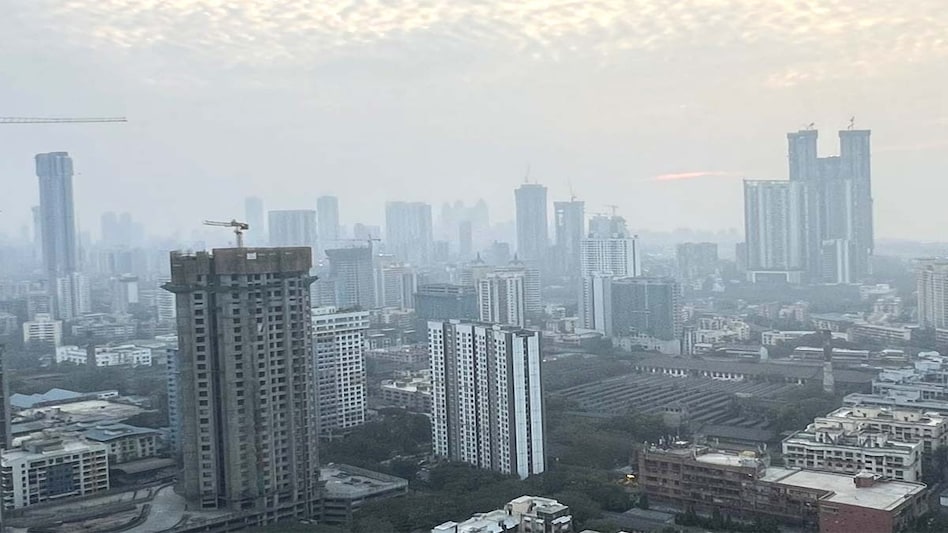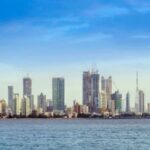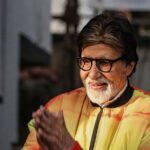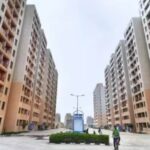The rain that occurred on Tuesday evening, October 21, played a significant role in cleaning Mumbai’s air. According to the Central Pollution Control Board (CPCB), Mumbai’s Air Quality Index (AQI) was recorded at 134 this Wednesday morning, which falls into the ‘moderate’ category. The improvement in Mumbai’s air quality comes as a major relief, as the AQI had reached 211 on Tuesday after Diwali, which was in the ‘poor’ category.
According to CPCB data, air quality was even worse in some areas of Mumbai on Tuesday. At the Colaba station, the AQI reached 341, which falls into the ‘very poor’ category. The rain occurred due to a trough (low-pressure area) in the easterly winds at lower levels over Maharashtra, along with excess moisture and high temperatures. These conditions increased thunderstorm activity over Konkan and interior Maharashtra and helped clean the city’s air.
Several Areas Record Satisfactory AQI
After the rain, air quality improved at many locations in Mumbai, with breathable air quality being recorded. However, despite the rain on Tuesday night, firecracker sounds were heard in some areas. Nevertheless, on Wednesday morning, the AQI at Bandra Kurla Complex (BKC) was recorded at 227 (poor category), while the Maharashtra Pollution Control Board (MPCB) measured the AQI at 99 at the same location, which falls into the ‘satisfactory’ category. Similarly, in Borivali East, the AQI was 165, while MPCB recorded 99.
According to MPCB data, the AQI was 98 in Colaba, 124 in Chembur, 152 in Mulund, and 113 in Kherwadi (Bandra East). Meanwhile, data showed AQI readings of 198 in Navy Nagar, 185 in Malad West, 155 in Deonar, and 84 in Bhandup West. According to CPCB, AQI levels are categorized as: 0-50 ‘good’, 51-100 ‘satisfactory’, 101-200 ‘moderate’, 201-300 ‘poor’, 301-400 ‘very poor’, 401-450 ‘severe’, and above 450 ‘severe plus’.
Rain Alert for Mumbai
According to weather department forecasts, rain is likely to continue in Maharashtra for the next two to three days. The weather department has issued an alert for thunderstorms and rain. It should be noted that light to moderate rainfall was recorded in many parts of the state, including Mumbai, on Tuesday as well, which provided relief to Mumbaikars from post-Diwali pollution.
Mumbai
Mumbai is a major port city and the financial capital of India, located on the west coast. Originally a collection of seven islands inhabited by fishing communities, it was developed into a significant urban center under British colonial rule, notably by the East India Company. Today, it is a vibrant, densely populated metropolis known for its Bollywood film industry, historic landmarks like the Gateway of India, and stark economic contrasts.
Maharashtra
Maharashtra is a state in western India with a rich historical legacy, having been ruled by prominent dynasties like the Mauryas, Satavahanas, and Marathas. It is most famously known as the homeland of the 17th-century Maratha warrior-king Chhatrapati Shivaji Maharaj. Today, it is India’s economic powerhouse, home to the bustling capital city of Mumbai, and features significant cultural sites like the Ajanta and Ellora caves.
Konkan
The Konkan is a scenic coastal region of western India, stretching from Maharashtra through Goa and into Karnataka. Historically, it was a significant hub for maritime trade and was ruled by a succession of dynasties, including the Mauryas, Satavahanas, and later the Portuguese, whose influence is still visible in its architecture and culture. Today, it is renowned for its beautiful beaches, unique cuisine, and lush green landscapes.
Colaba
Colaba is a historic neighborhood and one of the southernmost districts of Mumbai, India. It was originally a separate island before being connected to the main city through land reclamation projects in the 19th century. Today, it is a vibrant area known for its iconic landmarks like the Gateway of India, the Taj Mahal Palace Hotel, and its bustling street market.
Bandra Kurla Complex (BKC)
The Bandra Kurla Complex (BKC) is a premier business and financial hub located in Mumbai, India. It was developed starting in the 1970s by the Mumbai Metropolitan Region Development Authority (MMRDA) to decongest the traditional southern business districts. Today, it is a modern planned complex housing numerous corporate offices, banks, consulates, and premium commercial spaces.
Borivali East
Borivali East is a bustling suburban locality in Mumbai, India, primarily known for its residential and commercial developments. Its most significant cultural and natural landmark is the Sanjay Gandhi National Park, a vast protected forest that is one of the few major national parks located within a city’s limits in the world. Historically, the area has transformed from a region with small villages and forests into a major suburban hub as part of Mumbai’s urban expansion.
Chembur
Chembur is a major residential and industrial suburb located in Mumbai, India. Historically a village, it saw significant development and population growth after Indian Independence and the expansion of the city’s chemical and fertilizer industries. Today, it is a well-connected and densely populated area known for its diverse communities.
Mulund
Mulund is a residential suburb located in the northeastern part of Mumbai, India. Historically, it was a village known for its hills, forests, and quarries before being integrated into the city as it expanded. Today, it is a densely populated area known for its mix of residential buildings, shopping centers, and green spaces.





